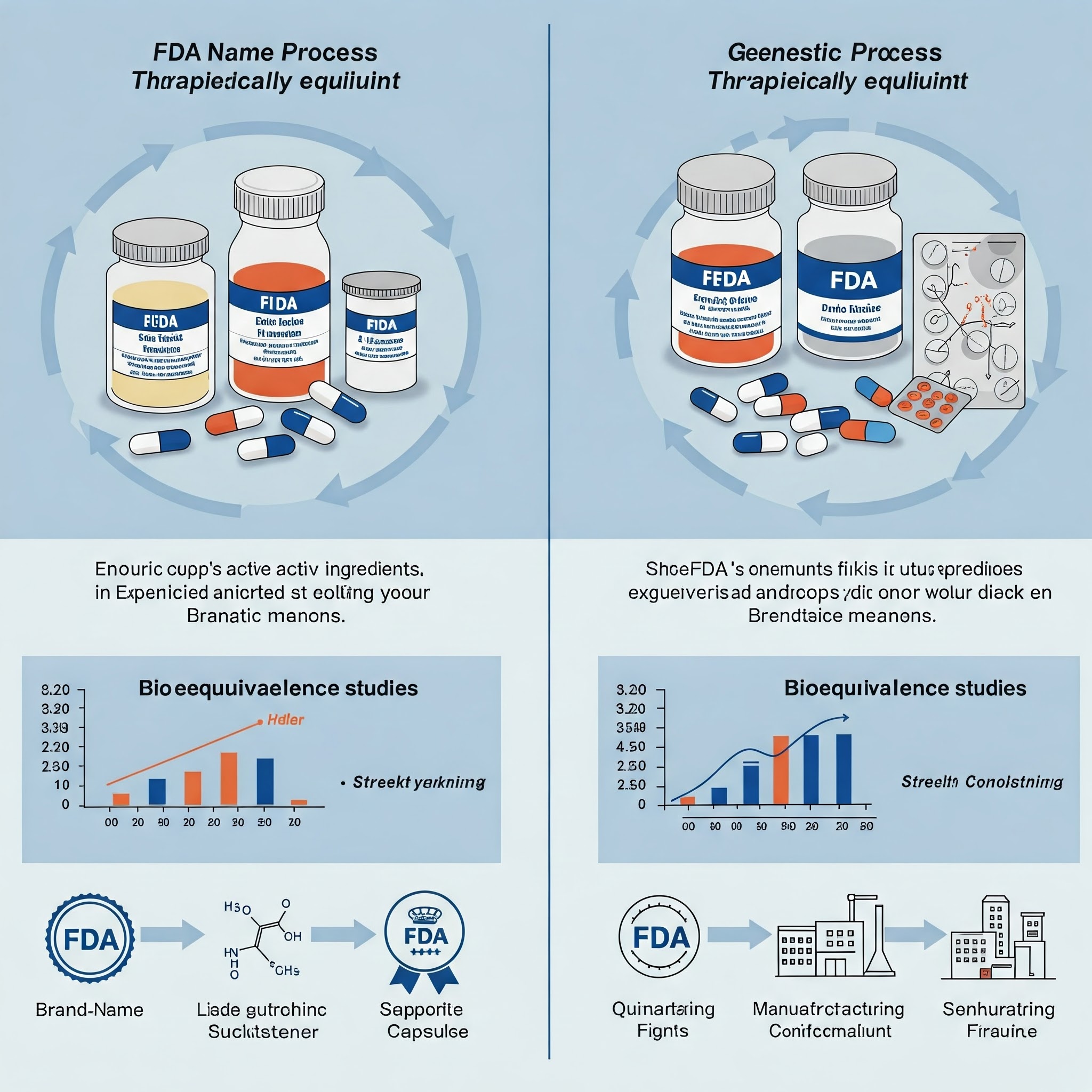What is Nipah Virus: Symptoms, Transmission and Prevention Tips
Get informed about the Nipah Virus. Learn about its symptoms, how it spreads, and effective prevention tips to protect yourself and others.

Any generic medicine must perform the same in the body as the brand-name medicine. It must be the same as a brand-name medicine in dosage, form and route of administration, safety, effectiveness, strength, and labeling (with certain limited exceptions). It must also meet the same high standards of quality and manufacturing as the brand-name product, and it must be and quality, taken and used in the same way as well. This standard applies to all generic medicines.
Generic medicines use the same active ingredients as brand-name medicines and work the same way, so they have the same risks and benefits as the brand-name medicines. The FDA Generic Drugs Program conducts a rigorous review to ensure generic medicines meet these standards, in addition to conducting inspections of manufacturing plants and monitoring drug safety after the generic medicine has been approved and brought to market.
A generic drug may have certain minor differences from the brand-name product, such as different inactive ingredients.
It is important to note that there will always be a slight, but not medically significant, level of expected variability—just as there is for one batch of brand-name medicine compared with the next batch of brand-name product. This variability can and does occur during manufacturing, for both brand-name and generic medicines. When a medicine, generic or brand-name, is mass produced, very small variations in purity, size, strength, and other parameters are permitted. FDA limits how much variability is acceptable.
For example, a very large research study1 comparing generics with brand-name medicines, found that there were very small differences (approximately 3.5%) in absorption into the body between generic and brand-name medicines. Some generics were absorbed slightly more, some slightly less. This amount of difference is expected and clinically acceptable, whether for one batch of brand-name medicine tested against another batch of the same brand, or for a generic tested against a brand-name medicine.
Get informed about the Nipah Virus. Learn about its symptoms, how it spreads, and effective prevention tips to protect yourself and others.
practical strategies for women's health, work-life balance, and time management on International Women's Day 2025. Prioritize your well-being today!
Discover a comprehensive guide to urinary incontinence, covering types, symptoms, causes, diagnosis, and treatment options
What is swine flu (H1N1)? Identify symptoms early, understand causes, and know prevention methods.
Why Are My Feet Always Cold? Explore the causes, underlying health conditions, and easy home remedies to improve circulation
Learn about the VDRL test, its purpose, procedure, and how it helps detect syphilis.